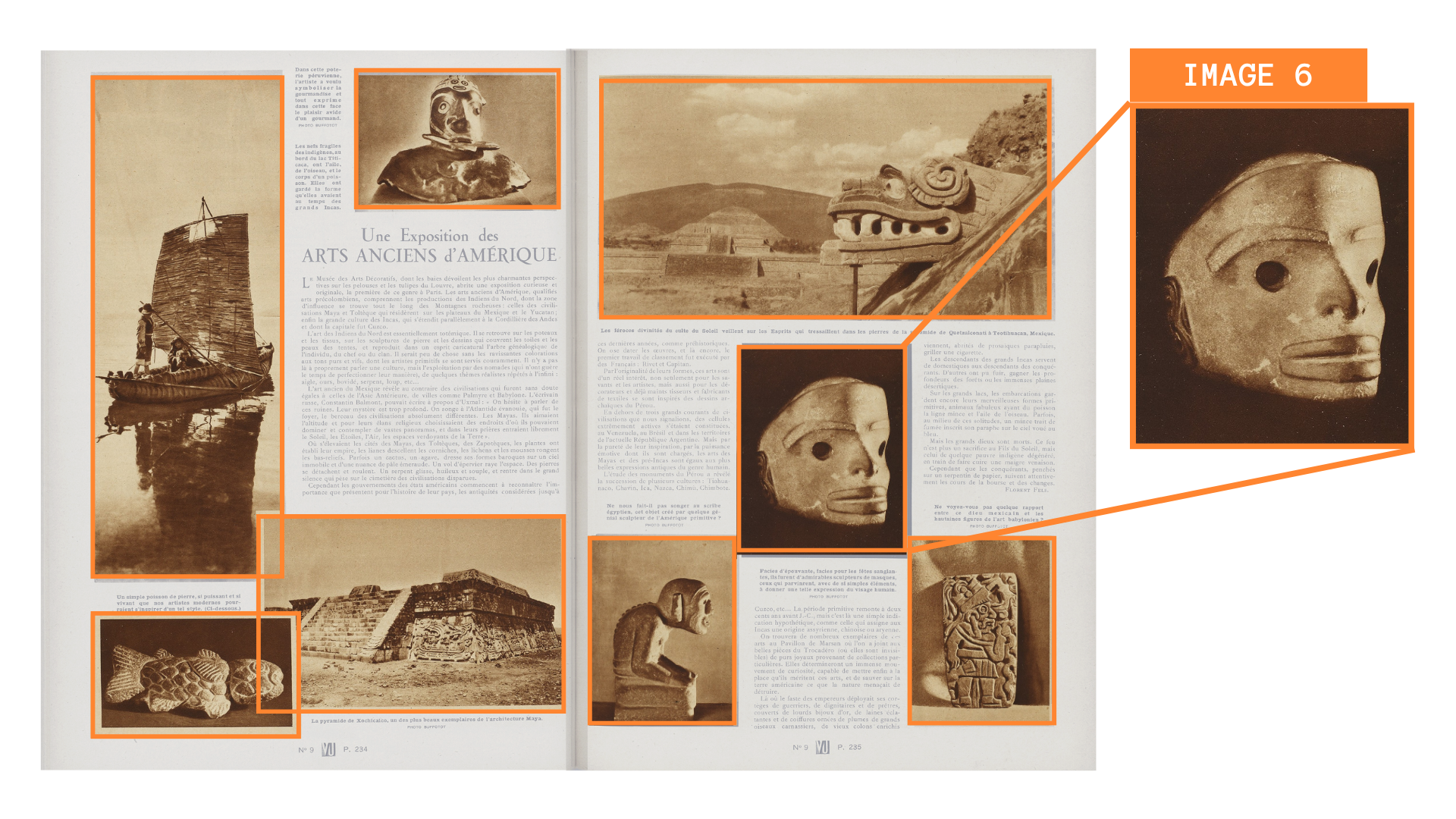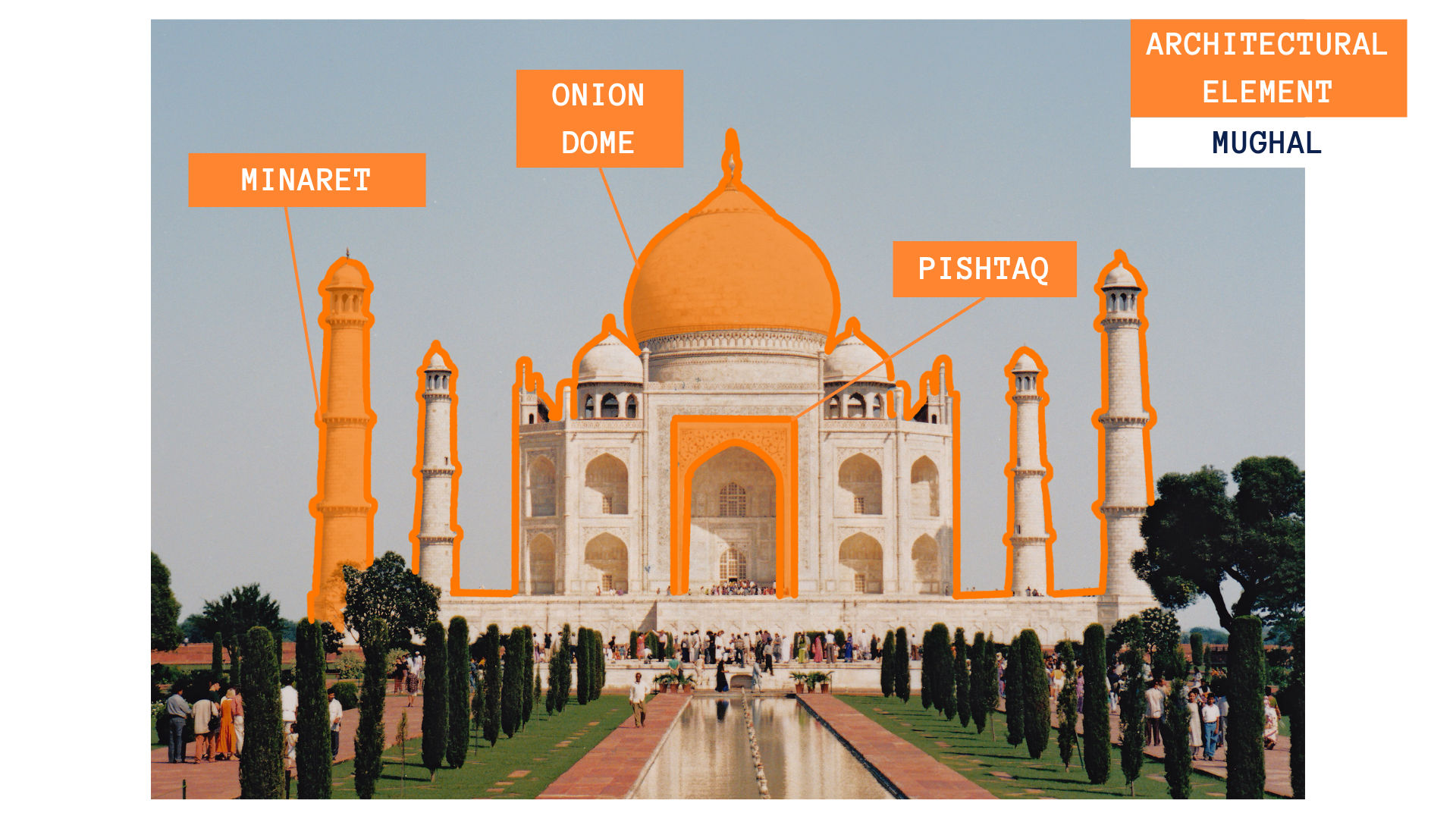Media Cataloging
Our media cataloging capacities
Our latest technologies enable us to apply artificial intelligence processing to entire media collections. We can process your image databases, catalogs, and art collections to significantly enhance the quality of their metadata.
Automatic detection of photos and images on the page
The process begins with precise detection of photographs and illustrations, isolating these graphic elements from the text and background.

Automatic generation of tags describing the content of the media
Using deep learning technologies, we can generate a description of the contents of your media. This can take the form of a curatorial note or a list of tags, helping the automatic referencing of large quantities of media.
Automatic detection of objects or persons in the image
We provide a detailed analysis of visual content, including the detection of recognizable entities.
TEKLIA's technology interprets images through a lens of customizable indexing criteria, such as an institution's own thesaurus.

Media Cataloging Applications
Collection Management
Intelligent keyword search
Generating keywords automatically can offer a more exhaustive indexing for your media collection, opening considerable potential for thematic research or digital cataloging.
Thesaurus integration
This analysis can adapt to various frameworks and reference systems, such as the Thesaurus For Graphic Materials or BNF's INTERMARC, providing flexibility to integrate with the existing systems of institutions.
Pilot Study: Digitizing Japanese Photographic Heritage at Musée Guimet
Supported by the French Ministry of Culture through the France 2030 plan, TEKLIA's pilot study with the Musée national des Arts asiatiques - Guimet (MNAAG) focuses on a prized collection of 280 Japanese photographic albums from the mid-19th to the early 20th century. This initiative aims to leverage our sophisticated AI-based photographic analysis tools for digital preservation and enhanced accessibility of these historic images, providing a rich cultural context and aiding in the promotion of digital heritage conservation.

